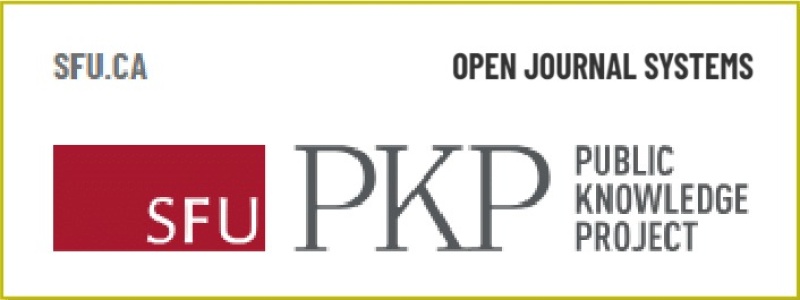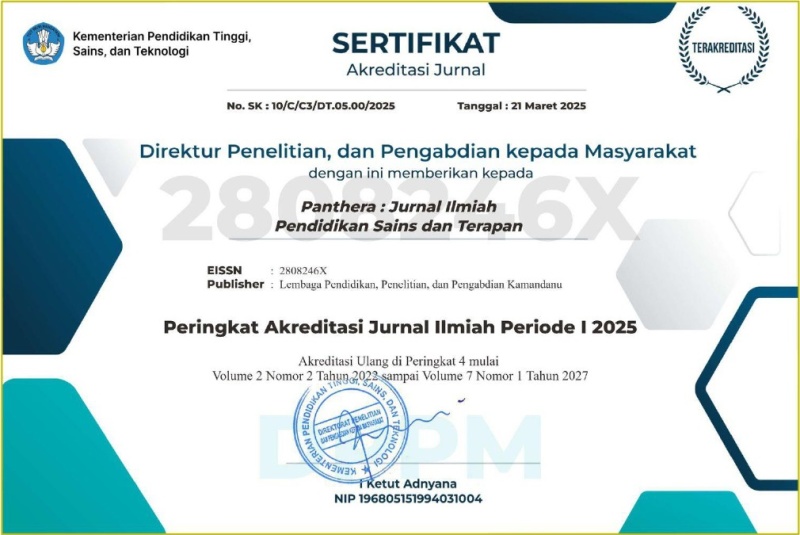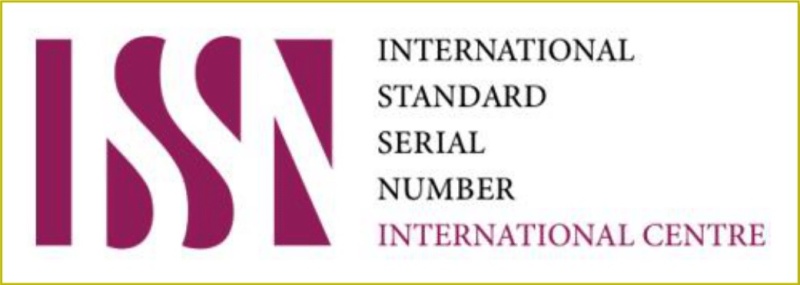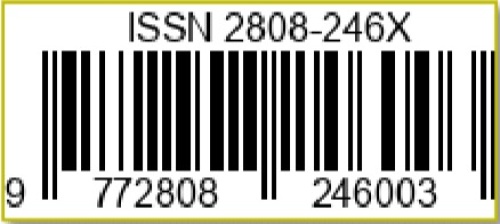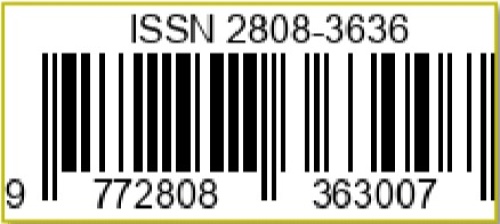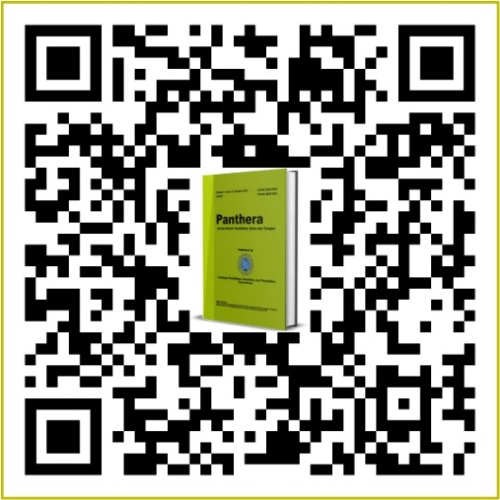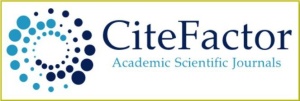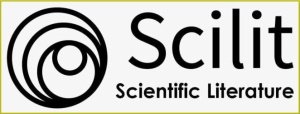Uji Aktivitas Antibakteri Ekstrak Kulit Buah Kawista (Limonia acidissima L.) terhadap Koloni Salmonella sp. Secara In Vitro
DOI:
https://doi.org/10.36312/panthera.v3i2.170Keywords:
Limonia acidissima L., Rind Extract, Salmonella sp., Antibacterial, Paper Disc Diffusion Method.Abstract
One of the potential agricultural products that are quite large from Benuatan Village, Belantikan Raya District, Lamandau Regency, Central Kalimantan Province is Kawista fruit. Benuatan residents use Kawista fruit for consumption, both raw and ripe. The large consumption of this Kawista fruit leaves quite an abundance of fruit peels. Based on the results of the phytochemical analysis of Kawista fruit peel extract, there were saponins, tannins, alkaloids, flavonoids, and terpenoids. Another source of income for the Benuatan population in the form of seafood in the form of fresh fish, dried fish and other processed fish is susceptible to contamination by microorganisms, such as Salmonella sp., which are pathogenic in the intestines of animals and humans. This study aims to determine the antibacterial activity of Kawista rind extract on the growth of Salmonella sp. bacteria in vitro, and to determine the effective concentration of Kawista rind extract to inhibit the growth of Salmonella sp. bacteria using the paper disc diffusion method. The type of research used is pure experimental research. Based on the results of the study, obtained data on the diameter of the growth inhibition zone of Salmonella sp. bacteria, using Kawista fruit peel extract variables with concentrations of 12.5%, 25%, 50%, 75%, and 100% with negative controls of distilled water and methanol, as well as control positive for tetracycline. At a concentration of 100% Kawista extract, the diameter of the bacterial inhibition test was the largest and significantly different from the treatment group with concentrations of 12.5%, 25%, 50% and 75%. However, the 100% Kawista extract showed a smaller diameter of bacterial inhibition than the tetracycline treatment group, but not significantly different. In the methanol treatment, the inhibition test for bacterial diameter was greater than that of the Kawista extract treatment group of 12.5%, 25%, 50% and 75%, but not significantly different. Based on the results of the study it can be concluded that, Kawista rind extract is effective for inhibiting the growth of Salmonella sp. bacteria, Kawista rind extract at a concentration of 100% is the most effective for inhibiting the growth of Salmonella sp. bacteria, and shows results not significantly different from tetracycline antibiotics.
Downloads
References
Devi., Anggraeni., & Wahyuni, T. (2021). Isolasi Kapang Endofit Pelawan (Tristaniopsis merguensis G.) yang Berpotensi sebagai Antibakteri terhadap Escherichia coli dan Staphylococcus aureus. Al-Kauniyah: Jurnal Biologi, 14(2), 195-206. https://doi.org/10.15408/kauniyah.v14i2.14051
Dyozem, J. P., Hamamoto, H., Ngameni, B., Ngadjui, B. T., & Sekimizu, K. (2013). Antimicrobial Action Mechanism of Flavonoids from Dorstenia species. Drug Discoveries & Therapeutics, 7(2), 66-72. https://doi.org/10.5582/ddt.2013.v7.2.66
Manik, D. F., Hertiani, T., & Anshory, H. (2014). Analisis Kolerasi Antara Kadar Flavanoid dengan Aktivitas Antibakteri Ekstrak Etanol dan Fraksi-fraksi Daun Kersen (Muntingia calaburam L.) terhadap Staphylococcus aurues. Khazanah : Jurnal Mahasiswa, 6(2), 1-11. https://doi.org/10.20885/khazanah.vol6.iss2.art1
Mariajancyrani, J., Chandramohan, G., Saravanan., & Elayaraja, A. (2013). Isolation and Antibacterial Activity of Terpenoid from Bougainvillea glabra Choicy Leaves. Asian Journal of Plant Science and Research, 3(3), 70-73.
Marleni, M., Iriani, Y., Tjuandra, W., & Theodorus. (2014). Ketepatan Uji Tubex TF® dalam Mendiagnosis Demam Tifoid Anak pada Demam Hari ke-4. Jurnal Kedokteran dan Kesehatan : Publikasi Ilmiah Fakultas Kedokteran Universitas Sriwijaya, 1(1), 7-11.
Mukhriani., Nurlina., & Baso, F. F. (2014). Uji Aktivitas Antimikroba dan Identifikasi Ekstrak Buah Sawo Manila (Achras zapota L.) terhadap Beberapa Mikroba Patogen dengan Metode Difusi Agar. JF FIK UINAM, 2(2), 69-74.
Nugroho, S., Purnawarman, T., & Indrawati, A. (2015). Deteksi Salmonella spp. pada Telur Ayam Konsumsi yang Dilalulintaskan Melalui Pelabuhan Tenau Kupang. Acta Veterinaria Indonesiana, 3(1), 16-22. https://doi.org/10.29244/avi.3.1.16-22
Panda, N., Patro, V. J., Jena, B. K., & Panda, P. K. (2013). Evaluation of Phytochemical and Anti-Microbial Activity of Limonia acidissima L. Int J Herbal Med., 1(1), 22-27.
Putri, S., Ridwanto., Nasution, H. M., & Daulay, A. S. (2023). Uji Aktivitas Antibakteri Ekstrak Etanol Daun Mahkota Dewa (Phaleria macrocarpa (Scheff.) B.) terhadap Propionibacterium acnes. FARMASAINKES: Jurnal Farmasi, Sains dan Kesehatan, 2(2), 201-213. https://doi.org/10.32696/fjfsk.v2i2.1891
Rahman, I. (2019). Resistensi Antibiotik terhadap Salmonella typhi pada Penyakit Demam Tifoid di Kota Makassar. Kieraha Medical Journal, 1(2), 1-5. https://doi.org/10.33387/kmj.v1i2.1699
Ravi, L., Manasvi, V., & Praveena, L. B. (2016). Antibacterial and Antioxidant Activity of Saponin from Abutilon indicum Leaves. Asian Journal of Pharmaceutical and Clinical Research, 9(1), 344-347. https://doi.org/10.22159/ajpcr.2016.v9s3.15064
Rini, A. A., Supriatno., & Rahmatan, H. (2017). Phytochemical Screening and Antibacterial Test of Ethanolic Extract of Kawista (Limonia acidissima L.) from Aceh Besar Against Escherichia coli. Jurnal Ilmiah Mahasiswa Pendidikan Biologi, 2(1), 1-12.
Saepuloh, U., Iskandriati, D., Pamungkas, J., & Sajuthi, D. (2013). Ekspresi Enzim Rekombinan Reverse Transcriptase (RTΔRNase H) Simian Betaretrovirus Serotipe-2 Asal Macaca fascicularis Indonesia dalam Sistem Ekspresi Eschericia coli. Jurnal Ilmu Pertanian Indonesia (JIPI), 18(2), 49-54.
Sulastrianah., Imran., & Fitria, E. S. (2014). Uji Daya Hambat Ekstrak Daun Sirsak (Annona muricata L.) dan Daun Sirih (Piper betle L.) terhadap Pertumbuhan Bakteri Escherichia coli. Medula : Scientific Journal of Medical, 1(1), 76-84. http://dx.doi.org/10.46496/medula.v1i2.197
Susanti, N. (2016). Aktivitas Antimikroba Ekstrak Rimpang Jeringau terhadap Pertumbuhan Candida albicans. Jurnal Biodjati, 1(1), 55-58. https://doi.org/10.15575/biodjati.v1i1.1037
Taufiq, S., Yuniarni, U., & Hazar, S. (2015). Uji Aktivitas Antibakteri Ekstrak Etanol Biji Buah Pepaya (Carica papaya L.) terhadap Eschericia coli dan Salmonella typhi. In Prosiding Penelitian Spesia Unisba (pp. 654-661). Bandung, Indonesia: Universitas Islam Bandung.
Wulansari, R. (2022). Analisis Senyawa Metabolit Sekunder dan Uji Aktivitas Larvasida Alami pada Ekstrak Etanol Daun Bidara (Ziziphus mauritiana L.) terhadap Larva Aedes aegypti. Skripsi. Universitas Islam Negeri Maulana Malik Ibrahim.
Yuliana, S. R. I., Leman, M. A., & Anindita, P. S. (2015). Uji Daya Hambat Senyawa Saponin Batang Pisang (Musa paradisiaca L.) terhadap Pertumbuhan Candida albicans. e-GiGi : Jurnal Ilmiah Kedokteran Gigi, 3(2), 616-620. https://doi.org/10.35790/eg.3.2.2015.10486
Zhi-hui, Y., Xue-zhi, D., Li-qiu, X., Xiu-quing, X., Sha, X., Shuang, L., & Xue-mei, L. (2013). Antimicrobial Activity and Mechanism of Total Saponins from Allium chinense. Food Science, 34(15), 75-80.
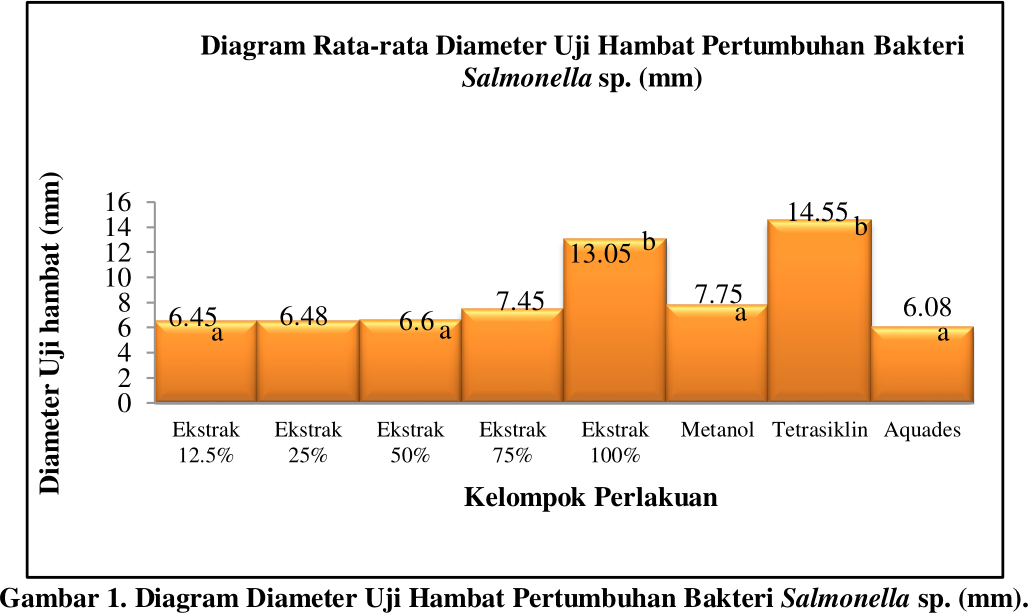
Downloads
Published
How to Cite
Issue
Section
License
Copyright (c) 2023 Marlia Hasanah & Ida Ulviani

This work is licensed under a Creative Commons Attribution-ShareAlike 4.0 International License.
-
Attribution — You must give appropriate credit, provide a link to the license, and indicate if changes were made. You may do so in any reasonable manner, but not in any way that suggests the licensor endorses you or your use.
-
ShareAlike — If you remix, transform, or build upon the material, you must distribute your contributions under the same license as the original.

